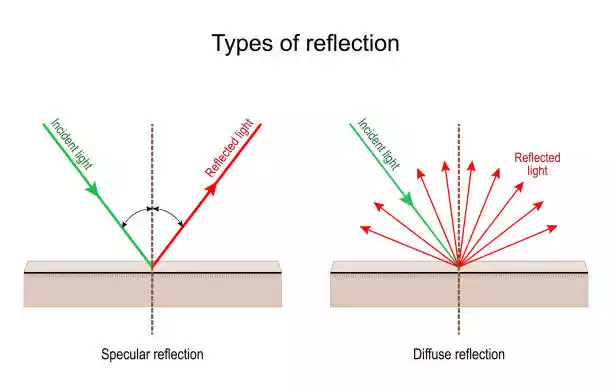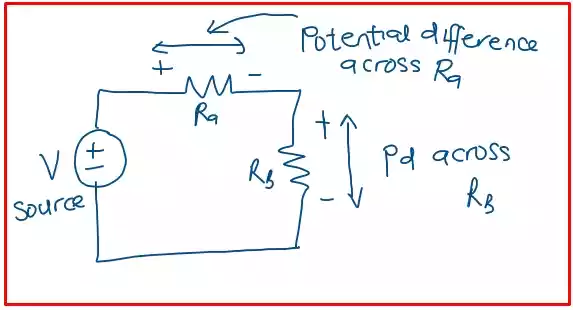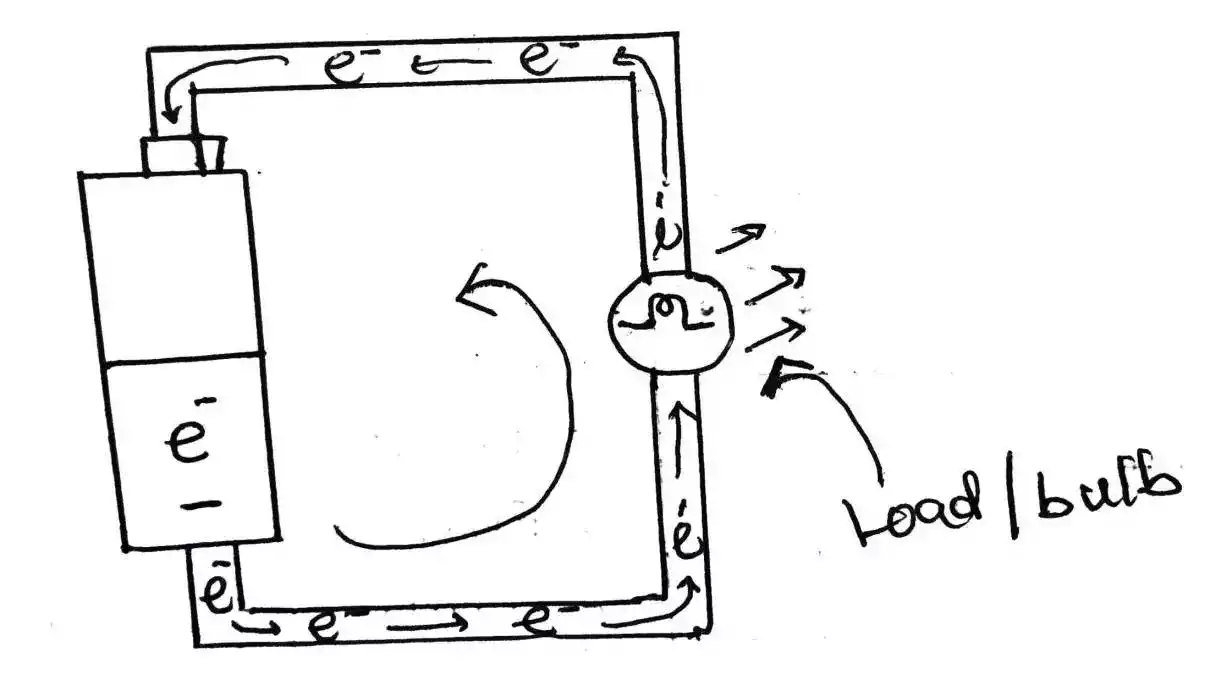Mechatronics Engineering vs. Robotics Engineering: What's Their Difference?
Mechatronics and robotics are captivating interdisciplinary fields that merge the principles of mechanical engineering, electrical engineering, and computer science.
These fields have revolutionized various industries, from manufacturing to healthcare, by incorporating advanced technologies and intelligent systems.
While there are similarities between mechatronics and robotics, they also possess distinct characteristics that set them apart.
In this article, we will look into the intricacies of mechatronics and robotics, examining their definitions, applications, required skills, and career paths.
By the end, you will have a good understanding of these fields and be better equipped to choose the path that aligns with your interests and aspirations.
Table of Contents
Mechatronics Engineering
Mechatronics is a broad field that encompasses the design, development, and manufacturing of mechatronic systems.
These systems are complex machines that integrate mechanical, electrical, and electronic components to achieve specific functionalities.
The goal of mechatronics engineering is to create reliable, efficient, and cost-effective systems that cater to various industries and applications.
The Role of Mechatronics Engineers
Mechatronics engineers play a pivotal role in the design and development of mechatronic systems.
They possess a strong understanding of mechanical engineering, electrical engineering, and computer science.
By leveraging their interdisciplinary expertise, mechatronics engineers can tackle the challenges associated with integrating different technologies seamlessly.
Applications of Mechatronic Systems
Mechatronic systems find application in diverse industries, ranging from automotive and aerospace to healthcare and consumer electronics.
These systems enable automation, precision control, and intelligent decision-making, enhancing efficiency and productivity in various domains.
For example, advanced manufacturing systems utilize mechatronic principles to optimize production processes, while robotic prosthetics rely on mechatronic components to improve the quality of life for individuals with limb disabilities.
Robotics Engineering
Robotics is a specialized field that focuses on the design, construction, and operation of robots.
Robots are programmable machines capable of performing a wide range of tasks, such as manufacturing, assembly, and transportation.
Robotics engineers combine knowledge from mechanical engineering, electrical engineering, computer science, and control systems to create intelligent and autonomous systems.
The Role of Robotics Engineers
Robotics engineers are responsible for the development and implementation of robotic systems.
They possess expertise in mechanical engineering, electrical engineering, computer science, and control systems.
Robotics engineers apply their knowledge to design robots that can interact with the physical world, execute complex tasks, and adapt to dynamic environments.
Applications of Robotics
Robotics finds applications in various industries, including manufacturing, healthcare, agriculture, and exploration. In manufacturing, robots are used for assembly, welding, and material handling, improving production efficiency and product quality.
In healthcare, surgical robots enable minimally invasive procedures, leading to faster recovery times and improved patient outcomes.
Additionally, robots are employed in space exploration, disaster response, and hazardous environments, where human presence may be dangerous or unfeasible.
Key Differences Between Mechatronics and Robotics
Although mechatronics and robotics share commonalities, there are fundamental differences that define each field. The following table summarizes the key distinctions:
| Feature | Mechatronics | Robotics |
|---|---|---|
| Scope | Broad | Narrow |
| Focus | Design, development, and manufacturing of mechatronic systems | Design, construction, and operation of robots |
| Required Skills | Strong understanding of mechanical engineering, electrical engineering, and computer science | Strong understanding of mechanical engineering, electrical engineering, computer science, control systems, and artificial intelligence |
| Applications | Diverse industries such as automotive, aerospace, healthcare, and consumer electronics | Manufacturing, healthcare, agriculture, exploration, and various other industries |
| System Complexity | Integration of mechanical, electrical, and electronic components | Integration of mechanical, electrical, electronic, and intelligent systems |
| Autonomy | Systems are usually semi-autonomous with limited decision-making capabilities | Systems are designed to be autonomous or exhibit high levels of autonomy |
| Mobility | Can include both stationary and mobile systems | Primarily focuses on mobile systems capable of locomotion |
| Control | Emphasis on precise control and optimization of mechatronic systems | Focus on control algorithms, sensor integration, and motion planning for robots |
| Interdisciplinary Approach | Integration of multiple engineering disciplines for system integration and optimization | Integration of multiple engineering disciplines with a focus on intelligent and autonomous systems |
It’s important to note that mechatronics and robotics are not mutually exclusive fields. In fact, they often intersect, especially in the development of advanced robotic systems.
Mechatronics principles are utilized in the design and control of robots, while robotics incorporates mechatronic components to enhance their capabilities.
Career Paths and Opportunities
Both mechatronics and robotics offer exciting career opportunities for individuals interested in the intersection of engineering and technology.
Here are some potential career paths in each field:
Mechatronics Career Paths:
- Mechatronics Engineer: Design and develop mechatronic systems for various industries, such as automotive, aerospace, and consumer electronics.
- Automation Engineer: Implement automation solutions in manufacturing processes using mechatronic principles.
- Robotics Systems Engineer: Contribute to the integration of mechatronic components in robotic systems.
- Control Systems Engineer: Develop control algorithms and systems for precise control of mechatronic systems.
Robotics Career Paths:
- Robotics Engineer: Design, build, and program robots for specific applications in industries like manufacturing, healthcare, and exploration.
- Autonomous Systems Engineer: Develop intelligent and autonomous systems capable of decision-making and adaptation.
- Roboticist: Conduct research and development in the field of robotics, advancing the capabilities and functionalities of robots.
- AI Engineer: Specialize in artificial intelligence algorithms and techniques used in robotics for perception, planning, and decision-making.
Wrap Up
Mechatronics and robotics are interdisciplinary fields that have transformed industries through the integration of mechanical, electrical, electronic, and computer systems.
While mechatronics focuses on the development of mechatronic systems and their integration into various applications, robotics specifically concentrates on the design, construction, and operation of robots.
Both fields offer promising career paths for individuals with strong backgrounds in engineering and a passion for innovation.
By understanding the nuances of mechatronics and robotics, you can make informed decisions about your academic pursuits and career choices in these exciting fields.





